Employer's guide AD(H)D on the shop floor
If you are reading this, it is possible that you have or want to employ an employee who has indicated that he/she has AD(H)D characteristics. Or perhaps properties of AD(H)D have been identified.
This guide answers a number of questions:- What can the employee with AD(H)D do for your organization?
- What are the properties of AD(H)D?
- What can you do so that your employee does her/his job well and with pleasure?
What are qualities of AD(H)D? What can an employee with AD(H)D characteristics do for your organization?
Many people with AD(H)D have the following qualities:
- hyperfocus in matters that interest them
- willingness to take risks
- spontaneous and flexible
- good crisis management
- people person
- creative
- super energetic
- mostly optimistic
- motivated by short term reward, works in sprints, short term deadlines
- usually an eye for detail
What is AD(H)D?
AD(H)D is a developmental condition that affects the activation levels and connections in the brain. The way in which information is processed in the various brain networks is slightly different than average.
Research indicates that a complex mix of genetic and environmental factors influence the development of AD(H)D. Usually it is already present in childhood, but especially if the child is not hyperactive, it can easily be missed. And older workers had no eye for that condition in childhood.
There are three areas in which people with AD(H)D can distinguish themselves:
1. Fleeting attention:
-Difficulty with prolonged concentration
Difficulty with planning and start-up
-Difficulty organizing
-Easy distracted by little things
2. Impulsiveness:
-speak and act impulsively without first really thinking about the consequences.
3. Hyperactivity:
-In adults, the restlessness is often in the head, no longer in the many movements
-Moving more and more does help to concentrate
-there's people with ADD, there's no hyperactivity
Not everyone with AD(H)D needs extra help and usually these are small adjustments to support someone's effectiveness. Modifications that cost little and do not have a major impact on the organization.
With some attention, mutual understanding and respect, the qualities and talents of people with AD(H)D can be optimally deployed in your organization.
People with AD(H)D are all different and have a wide range of interests, skills and intelligence, just like others. It is important to discuss with your employee individually what could be helpful.
Approximately 2.5-4% of adults have AD(H)D, i.e. up to 364,000 employees in a workforce of 9.1 million.
People with AD(H)D may also have properties from other conditions, there is often overlap with properties from the autism spectrum, with dyslexia, tics and giftedness.
How is AD(H)D treated?
AD(H)D can be successfully managed. Many people take medication, under the control of a psychiatrist. Coaching can sometimes be useful to gain control over the points of attention in daily activities. Adjustments in the environment can be very helpful.
What can you do so that your employee does his/her job well and with pleasure?
Everyone is different but a large common denominator in which the qualities of people with AD(H)D are best expressed is
- work with:
- good fit with someone's interests
- structured working day
- possibilities for movement
- stimulation: responding to incoming commands
- regular and direct feedback
working environment that is less compatible is
- work with:
- long periods of isolated work
- monotonous and repititive work
- long lasting high concentration without much variation
Which adjustments can be helpful?
- collegiality i.e. openness and understanding
- facilitation by the manager, direct feedback
- possibly a buddy system to keep focus
- possibility to outsource e.g. part of the administration
- a 15-minute start and finish time window instead of fixed time.
- Visual reminders: maps with routine written out, post-it notes, checklist etc.
- Physical reminders: need to be able to set things up, branded storage spaces
- digital help such as blockers, note taking apps, text to speech/speech to text apps
- visual clocks, alarm and timers adjustment
- Reduce distractions with music or noise reduction headphones
- own workplace, or shielded place
- clearly define concrete assignments and objectives, preferably in writing
- allowing regular exercise, regular short breaks
For a number of people it can be helpful to regularly evaluate and adjust the development of time management and work organisation with a coach if necessary.
Privacy
As is the case for all employees, it is also important for people with AD(H)D that the employer treats the employee (s) data with care and does not share any diagnosis or other data with others without permission. People with AD(H)D are not seen as equal people everywhere and adjustments are sometimes seen by others as favouritism or hiring. A company culture where there is little understanding for someone's individuality and talents is not only an unpleasant environment for people with AD(H)D to work in.
For more information
Pulse&Wort blind
www.impulsenwoortblind.nl
there is an app available via I&W with practical information for the work.
European Brains at Work
www.europeanbrainsatwork.nl
MIND
https://wijzijnmind.nl/psychipedia/adhd
SamenSterkZonderStigma
https://www.samensterkzonderstigma.nl
Established in cooperation with the Scottish ADHD interest group: Scottish ADHD Coalition.
